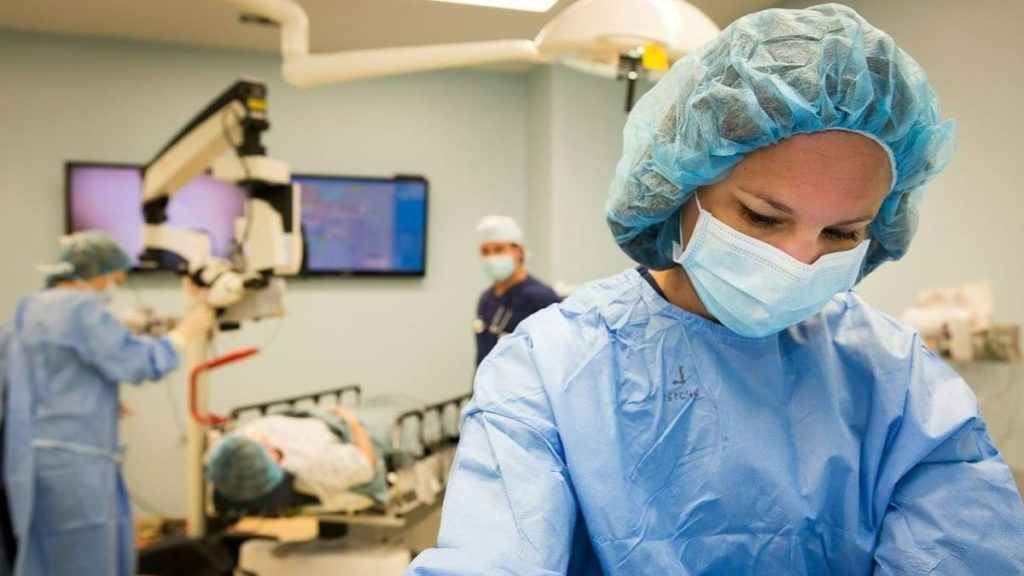Featured image by Jason Shivers from Pixabay
For individuals, service recipients, and healthcare experts, healthcare technology allows a new age of healthcare services. As a result, industry watchers expect discoveries and developments to enhance healthcare software development companies in 2022. The majority of the significant adjustments are all in the works. And as you move forward, it’s vital to keep an eye on the trends shaping healthcare technology.
Furthermore, companies must evaluate how to integrate outdated applications and technology with modern technologies. Alternatively, more dependable systems could substitute for older technologies in the future. If you’re ready to learn about the technological advancements that are propelling the health sector toward digitalization this year, below are the health tech trends that will affect your bottom line.
Trend 1: Nanomedicine
Nanomedicine is gradually making its way into our daily lives. This healthcare technology uses nanomaterials and things like biocompatible particles, nanoelectronic systems, and even nanodevices for specialized medical reasons and operations like assessing and treating live organisms.
As a result, it’s reasonable to predict that 2022 will deliver a slew of groundbreaking nanomedicine news. It might, for example, be employed as a possible finder for cancerous cells or infections. This would mean injecting a group of nanodevices into a human’s vascular system.
Trend 2: Artificial Intelligence in Healthcare Technology
AI has made a lot of noise as a valuable technology in 2022. Most healthcare providers are already thinking about using the services of an artificial intelligence healthcare company. AI advancements in vaccine evolution have also made promising advances. For instance, COVID-19 vaccinations were generated in a significantly faster time frame than earlier vaccines. Mostly, this was thanks to the use of machine learning to aid in identifying structural proteins.
AI technologies also have aided in the analysis of crowd temperature readings. As a result, infrared screening becomes a far more practical tool for detecting people who may be sick.
Improvements in AI-powered face detection have allowed us to identify people even while they are hiding their faces behind a cover. It could also tell if the person is using a mask in locations where they are required to.
RELATED ARTICLE: HOW AI IS REVOLUTIONIZING 5 MAJOR INDUSTRIES
Trend 3: Extended Reality
In the medical business, extended reality offers a lot of promise. Extended reality includes mixed reality, augmented reality, and virtual reality. For example, AR and VR technology can significantly enhance the healthcare business, from helping operations to supporting telemedicine services.
In addition, augmented reality development services can benefit several medical contexts. The usage of mixed reality headphones like the Microsoft Hololens 2 by physicians is among this technology’s most prominent and practical applications. The headgear can give the surgeon real-time information. Therefore, the surgeon can utilize both hands throughout the surgery.
Trend 4: IoT and Wearables
Wearable and Internet of Medical Things (IoMT) innovations’ promise in the healthcare business is becoming more mainstream. Many people have used the term “Internet of Things” to describe the microprocessing advances in medical and healthcare technology.
The evolution of wearables is among the essential advancements in the healthcare business. The capacity to electronically check a person’s state throughout the day, or the ability for a person to describe their status, is highly significant. Wearable devices can also benefit from artificial intelligence to increase noise seclusion.
Trend 5: Digital Twins in Healthcare Technology
Digital twin technology is among the most significant tech developments in healthcare for 2022 because of its ability to assist the healthcare sector in generating therapies more swiftly and cost-effectively. Many businesses are adopting this new trend known as “digital twins.” This involves creating models based on real-world data that they could use to recreate any processes or systems.
Moreover, this movement in healthcare includes the concept of the “virtual patient.” These are a computer models of individuals used to test medications and treatments. Such a technology can shorten the time required to bring new medicines from idea to market. It might start with simulations of specific organs or systems.
Trend 6: Healthcare imaging Solutions
Healthcare imaging solutions are emerging as a dominant trend in modern medical practices, bolstering the accuracy and efficiency of patient care. These solutions harness cutting-edge technology to provide clear, high-resolution images, facilitating faster and more precise diagnoses. As the healthcare industry evolves, providers like Novarad are at the forefront, offering advanced imaging platforms that integrate seamlessly into clinical workflows, ensuring patients receive timely and optimal care. This evolution not only streamlines processes but also aids in improved patient outcomes and experiences.
RELATED ARTICLE: HOW DO TECHNOLOGICAL ADVANCES AFFECT THE WAY WE LIVE?
Takeaway
The need to successfully handle emerging difficulties has fueled the global development of healthcare technology solutions. Patient requirements have also changed dramatically. These variables are becoming a massive game for healthcare centers and other firms in the health industry.
Today, we can observe that they tend to merge, resulting in even greater organizations. However, no firm will maintain its leading position until it embraces the most cutting-edge health innovations. A healthcare organization must reinvent its business strategy and prioritize innovations if it intends to provide high-quality patient care that matches current market expectations.
RELATED ARTICLE: 25 SOLID BUSINESS OPPORTUNITIES FOR AN ENTREPRENEUR NURSE


